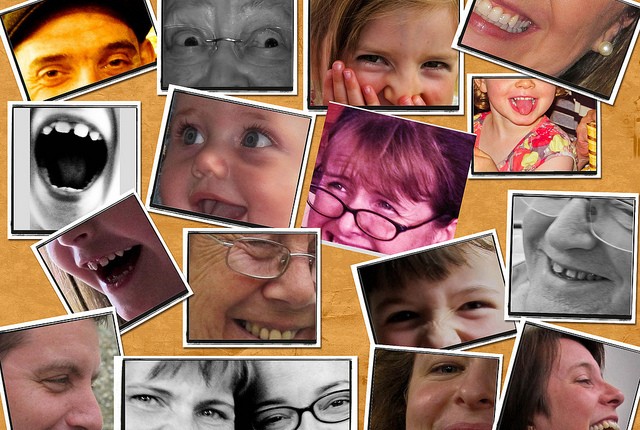Deconstructing humor: Why we find things funny
Last week, I discussed the appeal of offensive jokes as a vehicle to escape political correctness. The phenomenon of humor, however, extends far beyond just humor from offense and has puzzled philosophers for decades.
It’s worth mentioning that many different theories persist to describe humor. Philosophers have posited that humor derives from feelings of superiority, violations of social norms and the repetition of a certain characteristic. But philosopher Emmanuel Kant developed perhaps the most comprehensive theory from which humor is derived. In his theory of incongruity, Kant describes that humor develops when reality differs from expectations.
In art, this mechanism for humor is inescapable. Satirical novels rely on the differences between reality and a projected extreme to create a funny result. Perhaps the most effective satire, however, lies close to the truth and yet just far enough to demonstrate a principle of extreme. Take The Onion, for example. An article entitled “New Education Initiative Replaces K-12 Curriculum With Single Standardized Test” elicits humor because its extreme is close enough to the reality of an education system overly reliant on standardized tests. It’s the kind of humor that’s funny because even though it’s not true, it really is.
Kant’s theory of disparity between reality and expectations also emanates from irony — granted, the definition of irony lies in this disparity. The many types of irony all stem from the same basic incongruity between what occurs and what should occur, given our personal experiences.
Of course, not all humor is ironic or satiric. Some humor, especially humor that results from stereotypes, is funny because it is the opposite of ironic. For example, blonde jokes are funny because we already know the punch line will reside with a characteristic we already know to be true. But maybe this type of humor is another form of disparity between reality and expectations; we expect that the joke will differ from reality, but it does not, so it is funny.
Taking a critical perspective on humor also requires scrutinizing its implications of content. Jokes that rely on stereotypes about race, sex, occupation and even hair color are indicative of a greater societal attitude towards different groups of people and can be especially damaging if these groups are already marginalized. In the novel Lowering the Bar: Lawyer Jokes and Legal Culture, Marc Galanter argues that jokes that portray lawyers as evil, manipulative and demonic prove a climate that perceives practitioners of law as malevolent and thus mistrusts them in the professional arena. When expanding his argument to all stereotype-based jokes, it’s clear that jokes that present blondes as stupid and Asians as socially awkward nerds negatively affect these groups in social and professional settings.
It’s important, therefore, to use our humor to advance the communities around us — or at the very least, to not use our humor to contribute to oppression of communities. Humor can be a beautiful tool of human connection and contributor to happiness, but it’s a little like alcohol — use responsibly.
Sonali Seth is a freshman majoring in political science. Her column, “Sonacrates,” runs Tuesdays.

